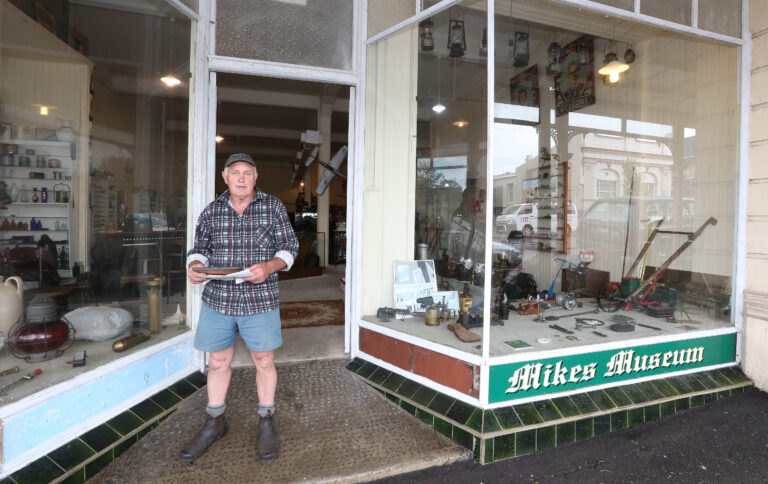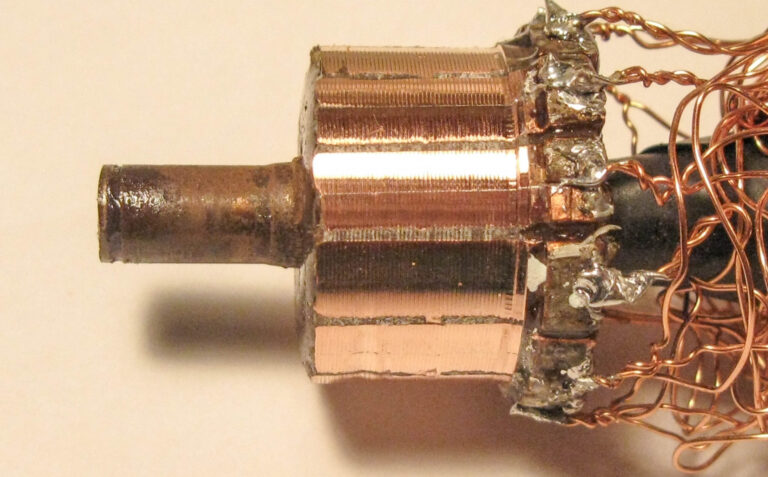POP’S SHED
By Robin Shepard
Down the garden and over the lawn
Pop wonders off each day
Unlocks his shed and opens the door
And breathes deep as if to say
‘I’m safe down here I’m safe in the shed
No chores to do like “Make your bed.”
No ring on the phone
I’ll be left well alone
While I’m fiddling around in the shed.’
So it’s
Down the garden and over the lawn
Pop escapes from the house most days
And it’s in the shed he scratches his head
As life enters a sheddies phase
On the workbench
There’s some rivets to clench
And a nut to fix to a bolt
With a nine sixteenth socket
He took from his pocket
He locks it up tight with a jolt.
And there’s a board to plane
Then sand and stain
Then wax and polish again and again
And taking a file
He will pause for a while
While he contemplates what to do next
Shall he dress the cracked tile
Or throw it out on the pile
With the failures that leave him quite vexed?
Down the garden and over the lawn
Pop escapes to his shed most days
There he sketches his plans
With ideas simple or grand
As his mind wonders off in a haze
While he plans his next task
Don’t confuse him and ask
What exactly he’s planning to do
‘Cos it might all depend
What he finds in the end
In the supply stacks where nothing is new.
So it’s
Down the garden and over the lawn
To spend all day in his shed
Making things new and sometimes instead
He’ll be mending the broken and torn
It was down in the shed his finger bled
When he cut it off with the saw
It was in the shed that my dear old Pop said
He picked his finger up off the floor.
And now his hand’s short
Of the finger that caught
In the blade of the circular saw
For it failed to join back
When nailed on with a tack
So that finger’s no more on his paw.
One day down in the shed
He might be found dead
Dead with a smile on his face
‘Cos Pop’s always said
“To my shed, I am wed
It is really my favourite place.”.



